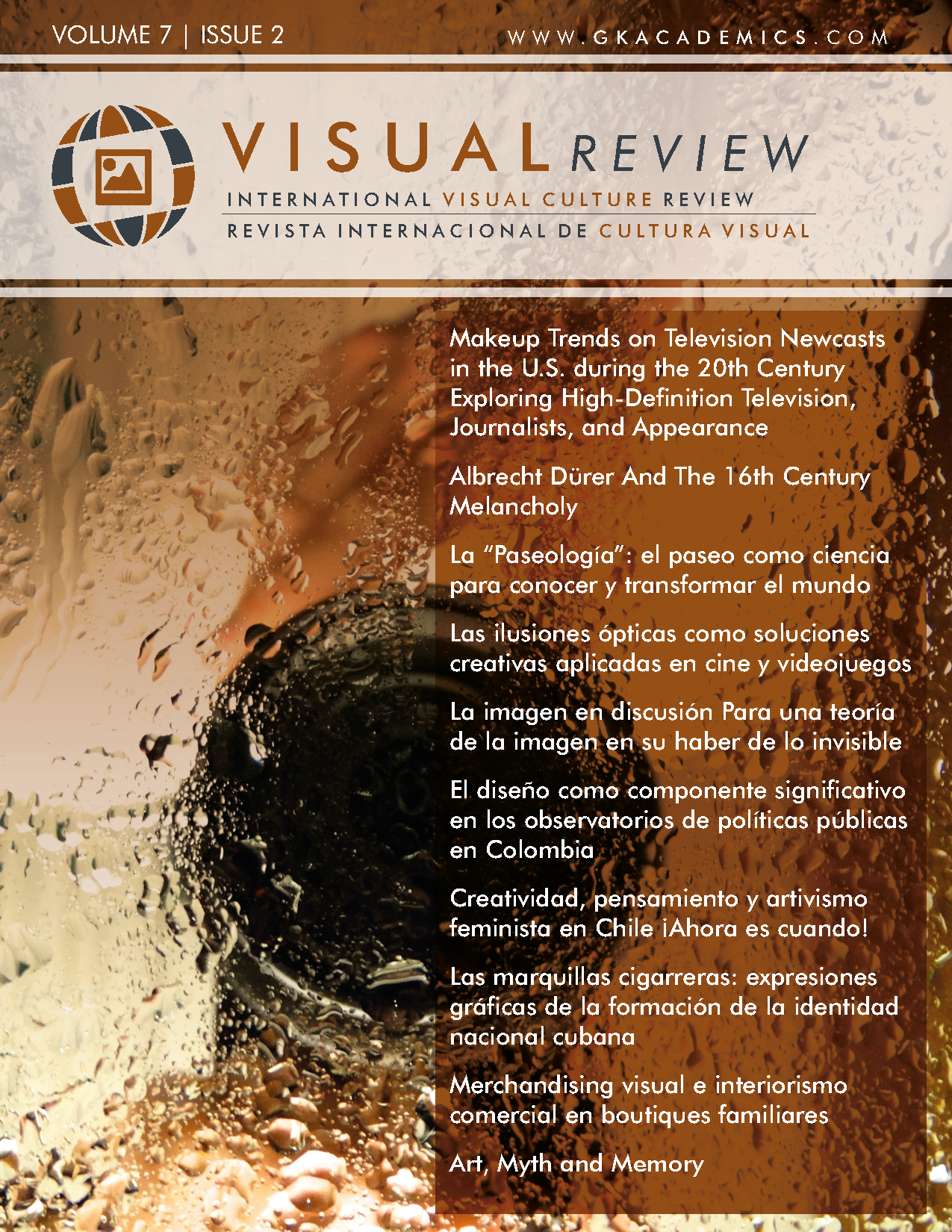Design as a Significant Component in Public Policy Observatories in Colombia
DOI:
https://doi.org/10.37467/gka-revvisual.v7.2161Keywords:
Design, Meaningful Design, Collaborative Design, Observatory, Public Policies, Fiscal Control, Public Policy Observatory, CommunicationAbstract
This article addresses the concept of design as an interdisciplinary element that seeks to recognize itself as a vehicle for raising awareness of the processes of socialization in observatories that aim to generate an impact in a specific community. The design seen as knowledge must from its formalization be remembered as a tool available to people who, in its manifestation (reification / function) goes into the background to be recognized as a cognitive act that leads to significant instances. Therefore, the following premise is planned: How does the design contribute to the construction of awareness in the processes of socialization of the observatory in public policy of fiscal control?
Downloads
References
Buchanan, R. (1992). Wicked problems in design thinking. Design issues, 8(2), 5-21. DOI: https://doi.org/10.2307/1511637
Calvera, A., Taranto, F., & Veciana, S. (2002). Políticas públicas nacionales para el aprove-chamiento estratégico del diseño. World, 18.
Cross, N. (2001, October). Design/science/research: developing a discipline. In Fifth Asian Design Conference: International Symposium on Design Science, Su Jeong Dang Printing Company, Seoul, Korea.
Gomez, T. C., & i Mateu, A. G. (2015). Transition Design: Investigación y diseño colaborativo para procesos de emancipación ciudadanos. Revista de Estudios Globales y Arte Contemporáneo, 3.
Horta, A. (2012). Trazos poéticos sobre el diseño. Manizales: Editorial Universidad de Cal-das. (pp. 28 – 29)
Lee, Y. (2008). Design participation tactics: the challenges and new roles for designers in the co-design process. Co-design, 4(1), 31-50. DOI: https://doi.org/10.1080/15710880701875613
McDonagh, D., & Formosa, D. (2011). Designing for everyone, one person at a time. In The Silver Market Phenomenon (pp. 91-100). Springer, Berlin, Heidelberg. DOI: https://doi.org/10.1007/978-3-642-14338-0_7
Martin-Iglesias, R. (2011). Hacia un nuevo paradigma de diseño colaborativo. In Cultura Aumentada: XV SIGraDi Conference Proceedings, Universidad Nacional del Litoral, Santa Fe (pp. 123-126).
Papanek, V., & Fuller, R. B. (1972). Design for the real world (p. 22). London: Thames and Hudson.
Perkins, D. N., & Quebemann, F. J. (1989). Conocimiento como diseño.
Sanders, E. B. N., & Stappers, P. J. (2008). Co-creation and the new landscapes of design. Co-design, 4(1), 5-18. DOI: https://doi.org/10.1080/15710880701875068
Senabre, E., Ferran Ferrer, N., & Perelló, J. (2018). Participatory design of citizen science experiments. Comunicar, 2018, vol. 26, num. 54, p. 29-38. DOI: https://doi.org/10.3916/C54-2018-03
Simon, H. A. (2006). Las ciencias de lo artificial/The Sciences of the artificial. Comares, (pp. 18 – 31)
Downloads
Published
How to Cite
Issue
Section
License
Those authors who publish in this journal accept the following terms:
- Authors will keep the moral right of the work and they will transfer the commercial rights.









